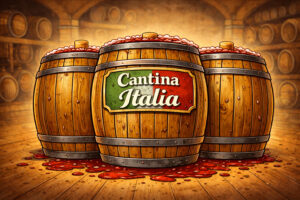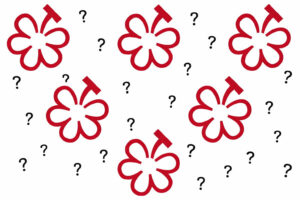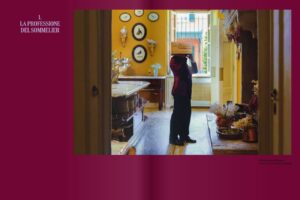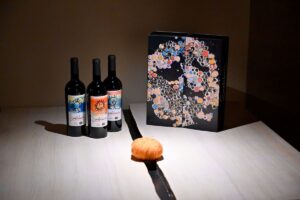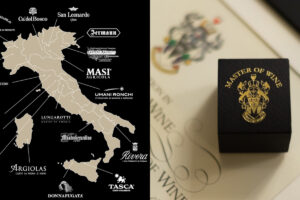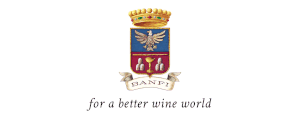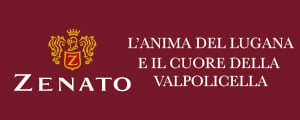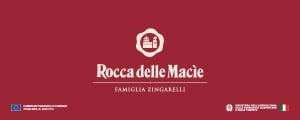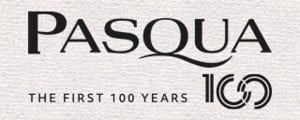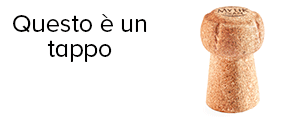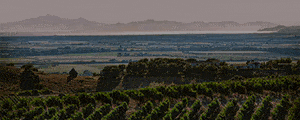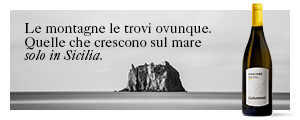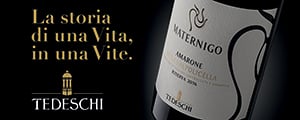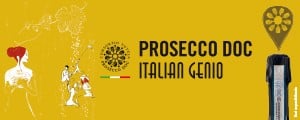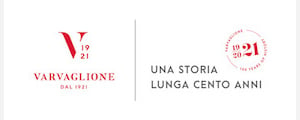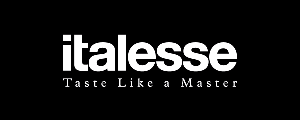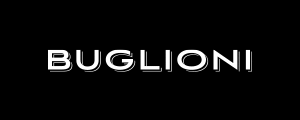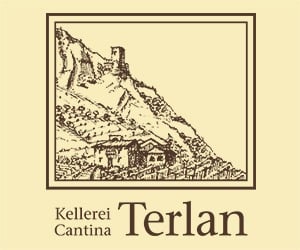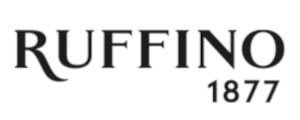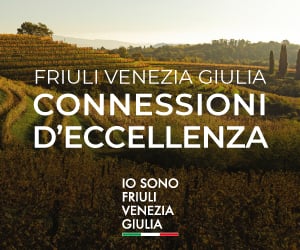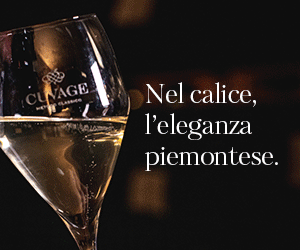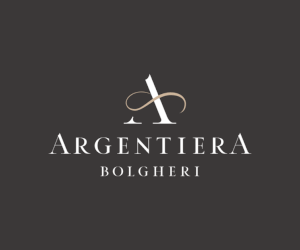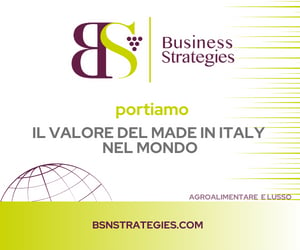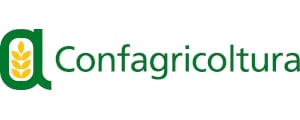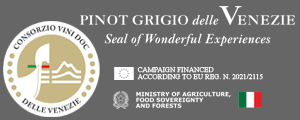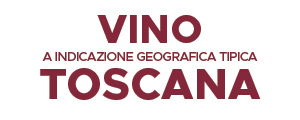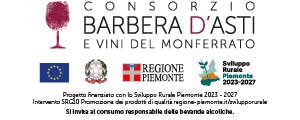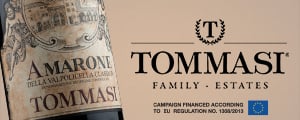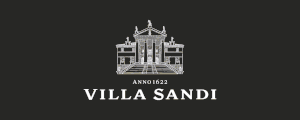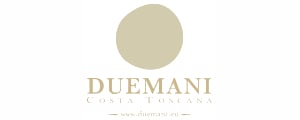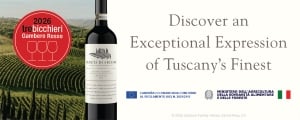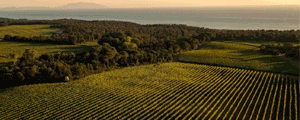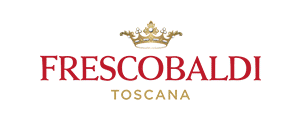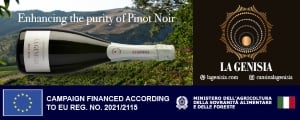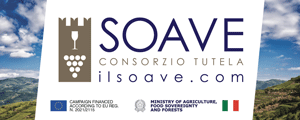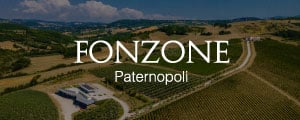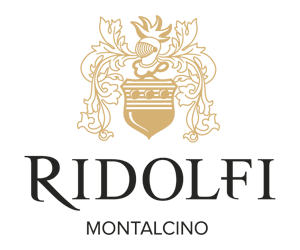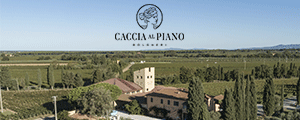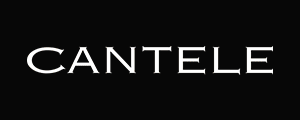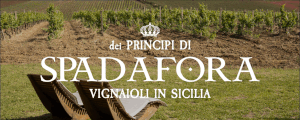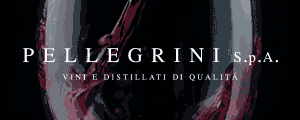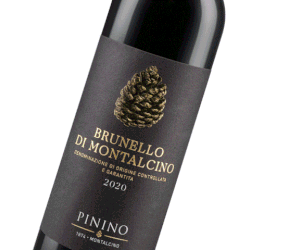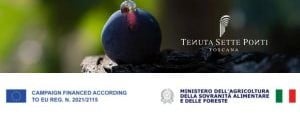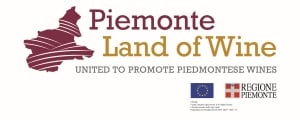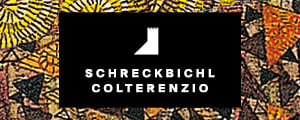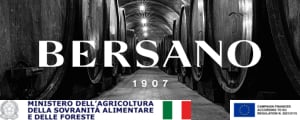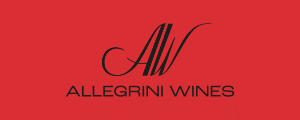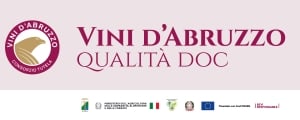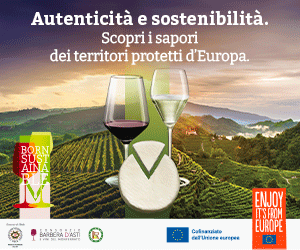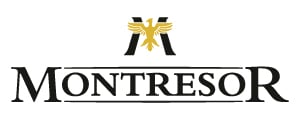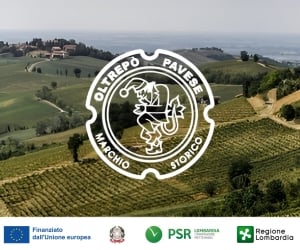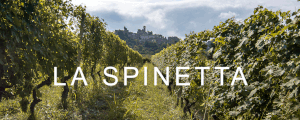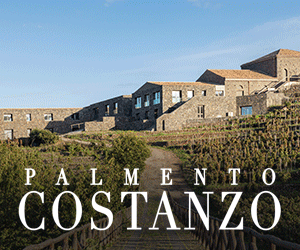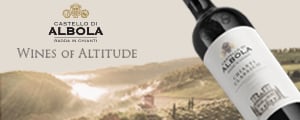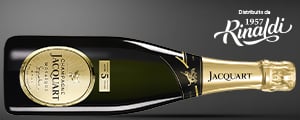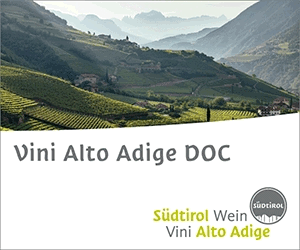These are some of the most significant developments included in the amendments to the European Union Parliament Agriculture Committee’s “Wine Package”, which were voted on recently in Strasbourg (as WineNews had reported previously). Some of the most significant developments were that wine promotion projects in Third Countries with Common Market Organization funds could increase from the currently maximum 50% to the much more substantial 80% threshold, and also simplifying digitalization of labels. The EU CMO funds could also be used to finance vineyard uprooting (as France has advocated). This is an intermediate, but highly significant step ahead of the plenary vote on November 25th, which will kick off negotiations on the final regulation of the “trilogue” - European Commission, the Council of the European Union, and the European Parliament. Federvini, one of the Italian trade organizations, expressed its deep appreciation for the vote, emphasizing especially its positive aspects. Federvini pointed out that aspects such as the “confirmation of simplified labeling, including exemptions for products intended for export, providing higher support rates for sector-specific interventions, and extending the duration of promotion projects, are essential tools for consolidating international markets. Furthermore, increased financial flexibility will allow spending savings to be carried forward to the following year, guaranteeing a more efficient and targeted management of available resources”. The European Parliament Agriculture Committee vote has confirmed the desire to support a sector that represents excellence in the European agri-food system. We highly appreciate the simplifications introduced and the measures aimed at strengthening promoting, internationalization, and sustaining the sector”, Albiera Antinori, president of the Federvini Wine Group, commented, adding, “it is important to point out the continued attention of Italian parliamentarians, who have contributed concretely to the debate, adopting a commitment aimed at improving our wine supply chain. This result rewards the constructive dialogue between European institutions and the production world as well as laying a solid foundation for final negotiations in view of the definitive agreement”.
The Unione Italiana Vino (UIV), led by Lamberto Frescobaldi, is more critical, instead, speaking of “pros and cons”. UIV first of all emphasized the positive aspects, such as “the increase - up to 80%, currently at 50% - in eligible funding for promotion in Third-party Countries and extending the program’s time frame. The pro digitalization approach to labeling is also positive, while, regarding dealcoholized products, the Parliament proposal to use the term “reduced alcohol” (instead of partially dealcoholized) is not at all convincing”. A highly negative element, though, according to Unione Italiana Vini, is uprooting and distillation. “In contrast to the European Commission’s proposal, for the first time, funding for uprooting vineyards and distillation has been included in the list of measures - without an additional budget. According to what was approved in the recent vote, uprooting can be funded 100%”, UIV emphasized. “This decision takes us back 15 years”, Lamberto Frescobaldi, the UIV President commented, “it is going back in time to the past, when driven by welfare logic conflicting with the objectives of the CMO measures, which were approved to foster market growth and investment. Now, the European Parliament is proposing a possible defensive measure - which had been adopted, unsuccessfully, in 2009 at a 1 billion euro Community outlay - which also risks diverting funds otherwise earmarked for development, and we cannot afford this”. Finally, Unione Italiana Vini hopes that, should the “Trilogue” negotiations confirm the final position adopted by COMAGRI, Italy will instead choose to safeguard the market-focused approach that has characterized the sector's growth over the past few years.
Copyright © 2000/2025
Contatti: info@winenews.it
Seguici anche su Twitter: @WineNewsIt
Seguici anche su Facebook: @winenewsit
Questo articolo è tratto dall'archivio di WineNews - Tutti i diritti riservati - Copyright © 2000/2025

















